AMD Teases New Raven Ridge 2018 APUs
AMD detailed its existing Raven Ridge APUs here at Hot Chips 2018, but slipped in a pre-announcement of a new generation of Raven Ridge APUs that will come to market later this year. AMD also posted an update to its 25X20 website that unmasks the processor as the unreleased Ryzen 7 2800H for mobile applications.
According to a posting from HP, this new processor comes with a 3.35 GHz base frequency and a 3.8 GHz boost. We'll also see a Ryzen 5 2600H model come to market. AMD uses the same Raven Ridge die for BGA-mounted mobile chips and socketed processors for the desktop. That means we could see a derivative of this processor land on the desktop.
Interestingly, AMD tested the processor at DDR4-3200, which would mark a new step forward in memory support (AMD currently tops out at DDR4-2933). As we've demonstrated in the past, improved memory performance is especially effective with APUs.
The current-gen Raven Ridge APUs blend the goodness of the Zen architecture with the power of Vega integrated graphics, and the Ryzen 5 2400G redefined our performance expectations for integrated graphics. Now you can game on some titles in 1920 x 1080 with integrated graphics, albeit with reduced graphics quality settings. That set a new standard for gaming on mainstream processors.
Almost all of AMD's presentation covered information that we learned during the Raven Ridge launch, but a slide outlining the company's improvements to power efficiency included a new Raven Ridge processor that will come to market later this year. It's possible that the Ryzen 7 2800H could come with the 12nm process.
The first-gen Raven Ridge processors served as the launch vehicle for AMD's Zen 14nm+ FinFET process, which includes optimizations like reduced memory and cache latency and improved multi-core turbos. That means it wouldn't be surprising to see the company upgrade the processors with 12nm.
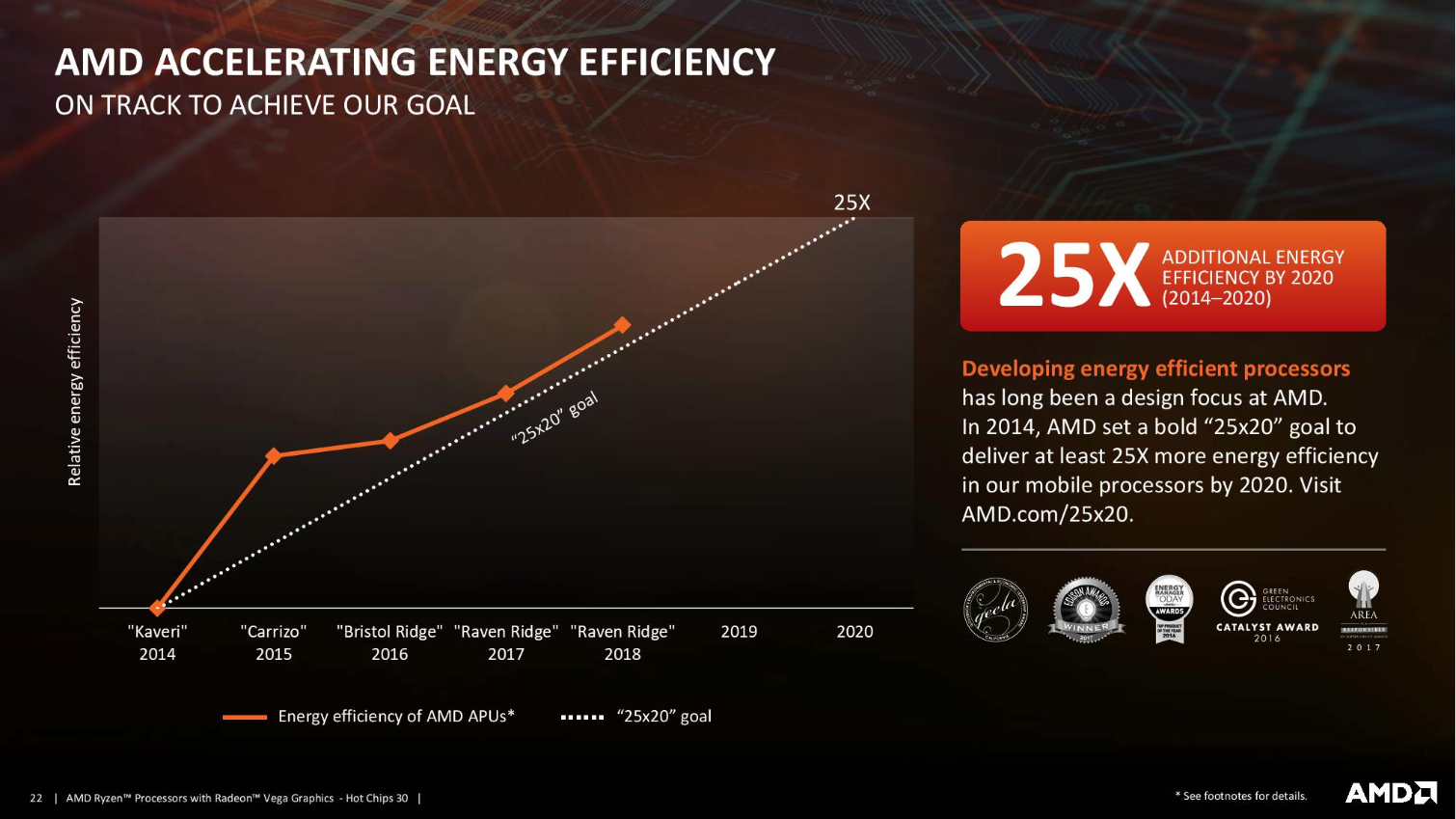

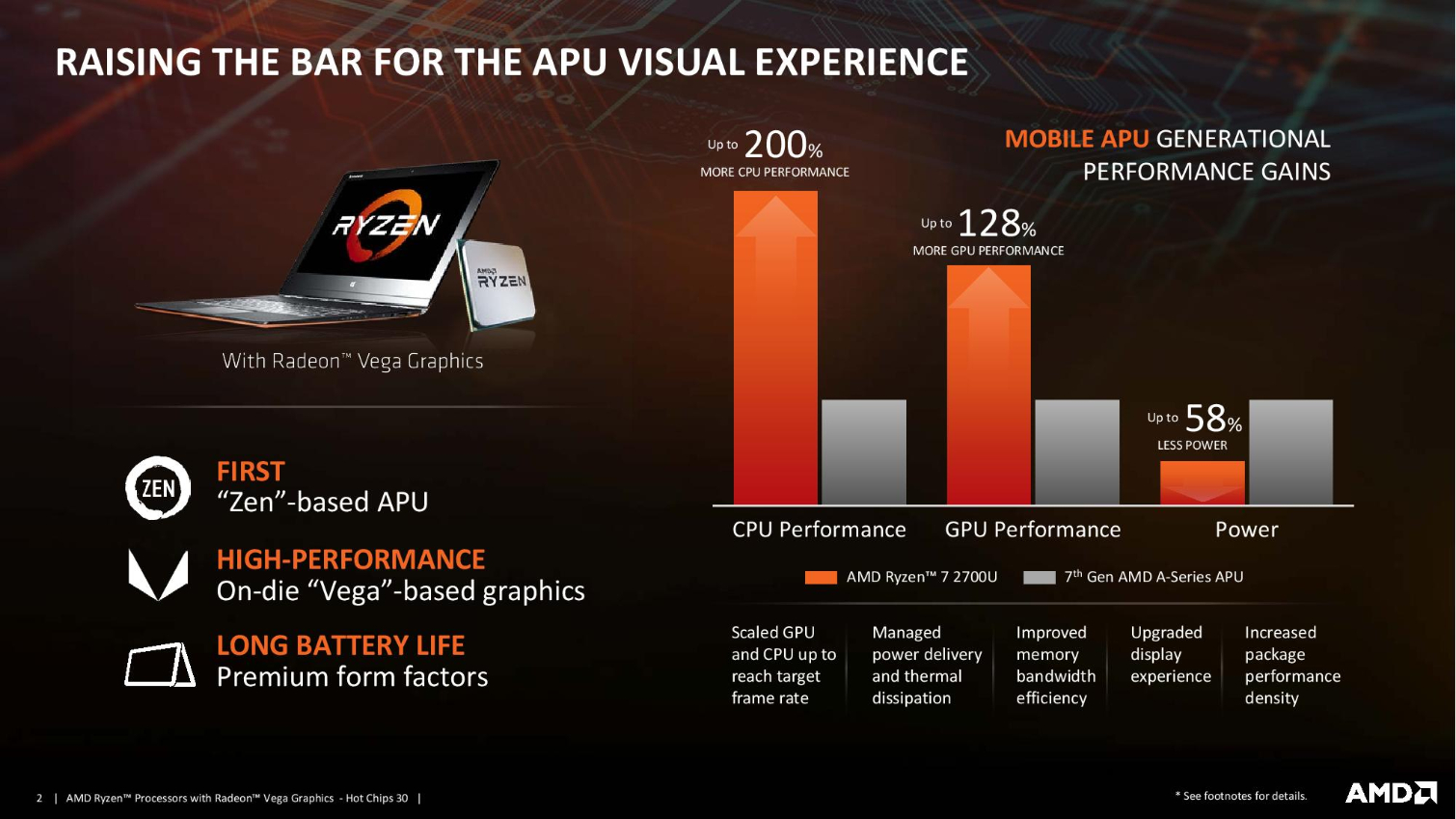
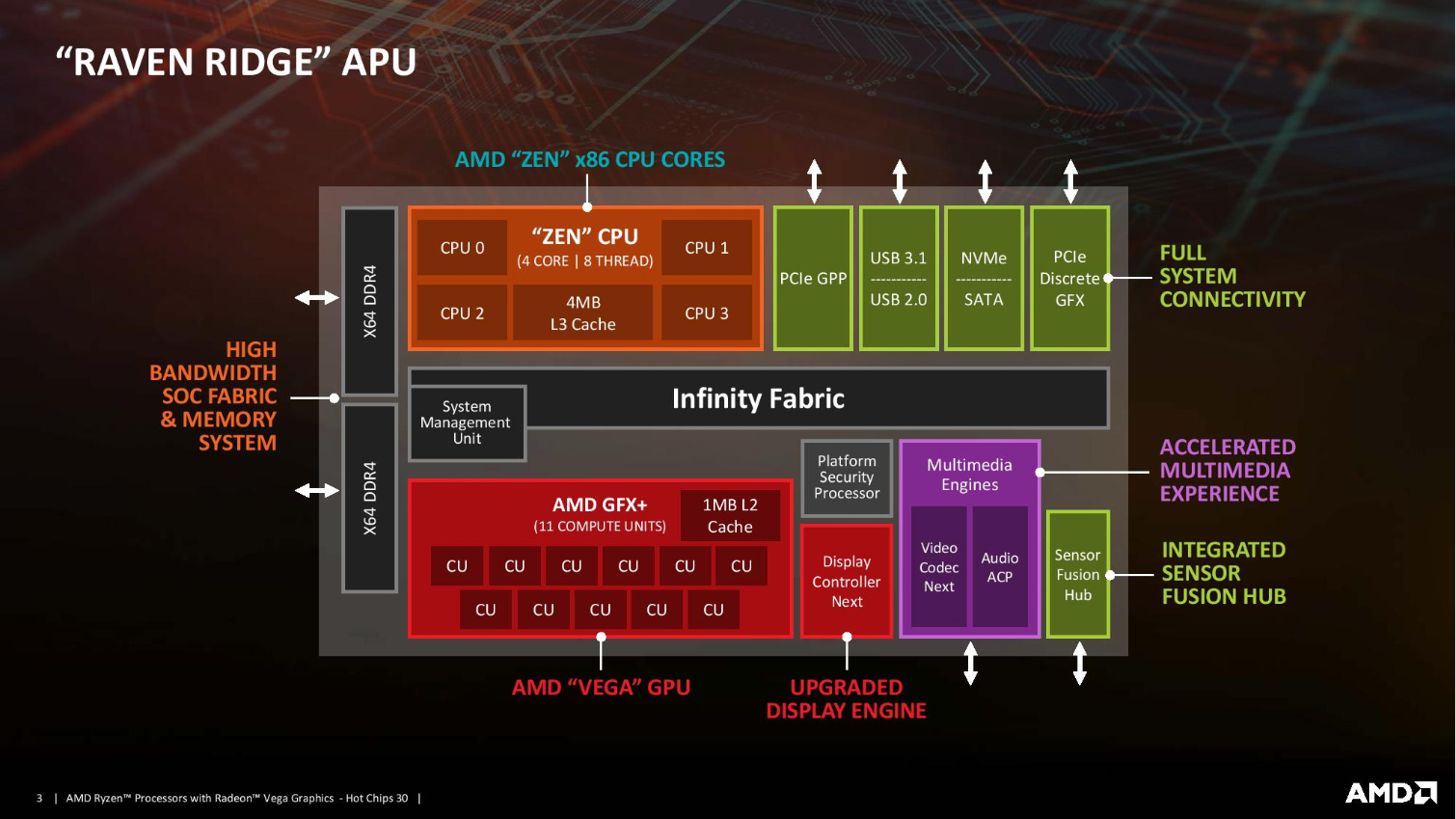


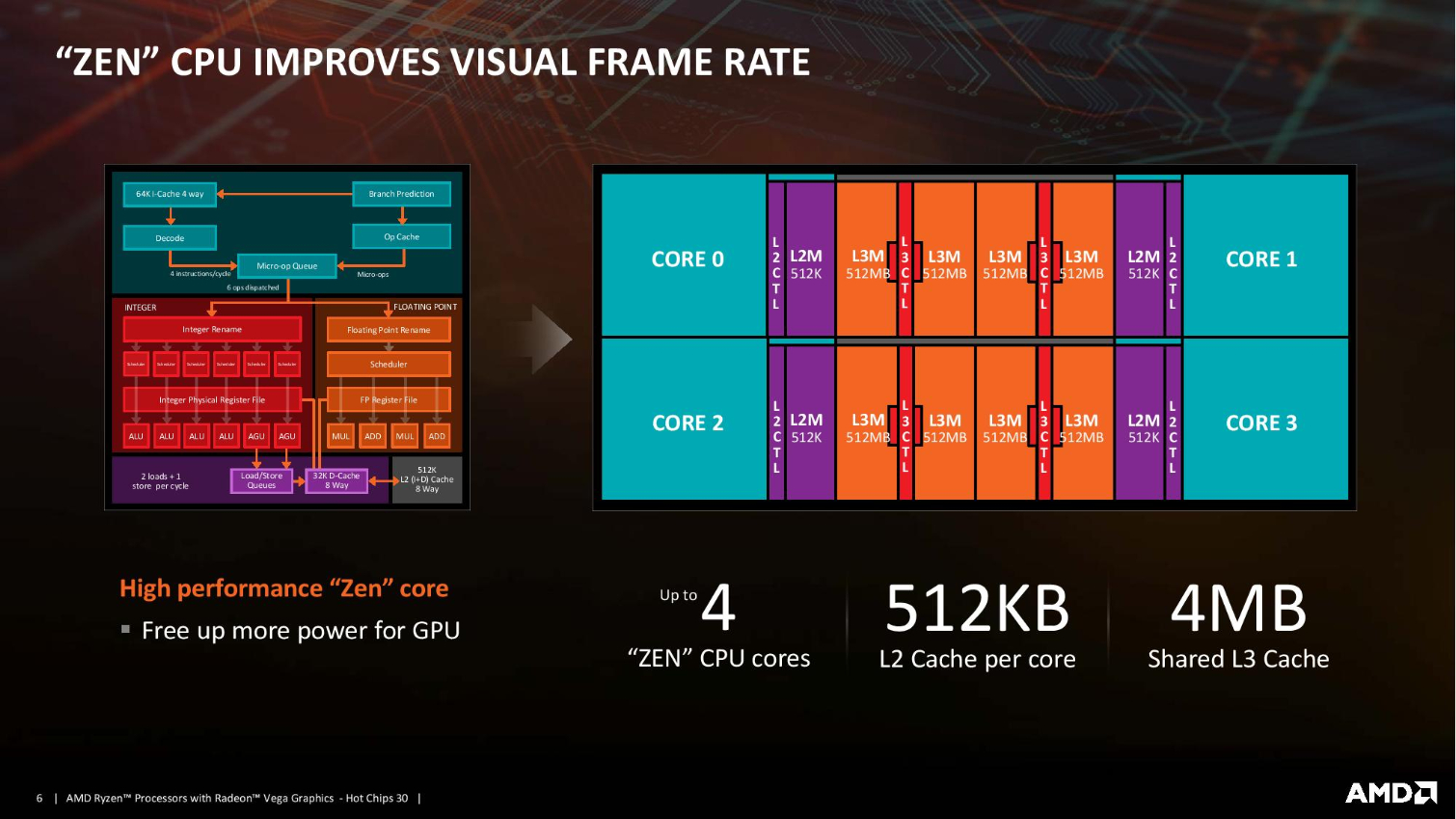
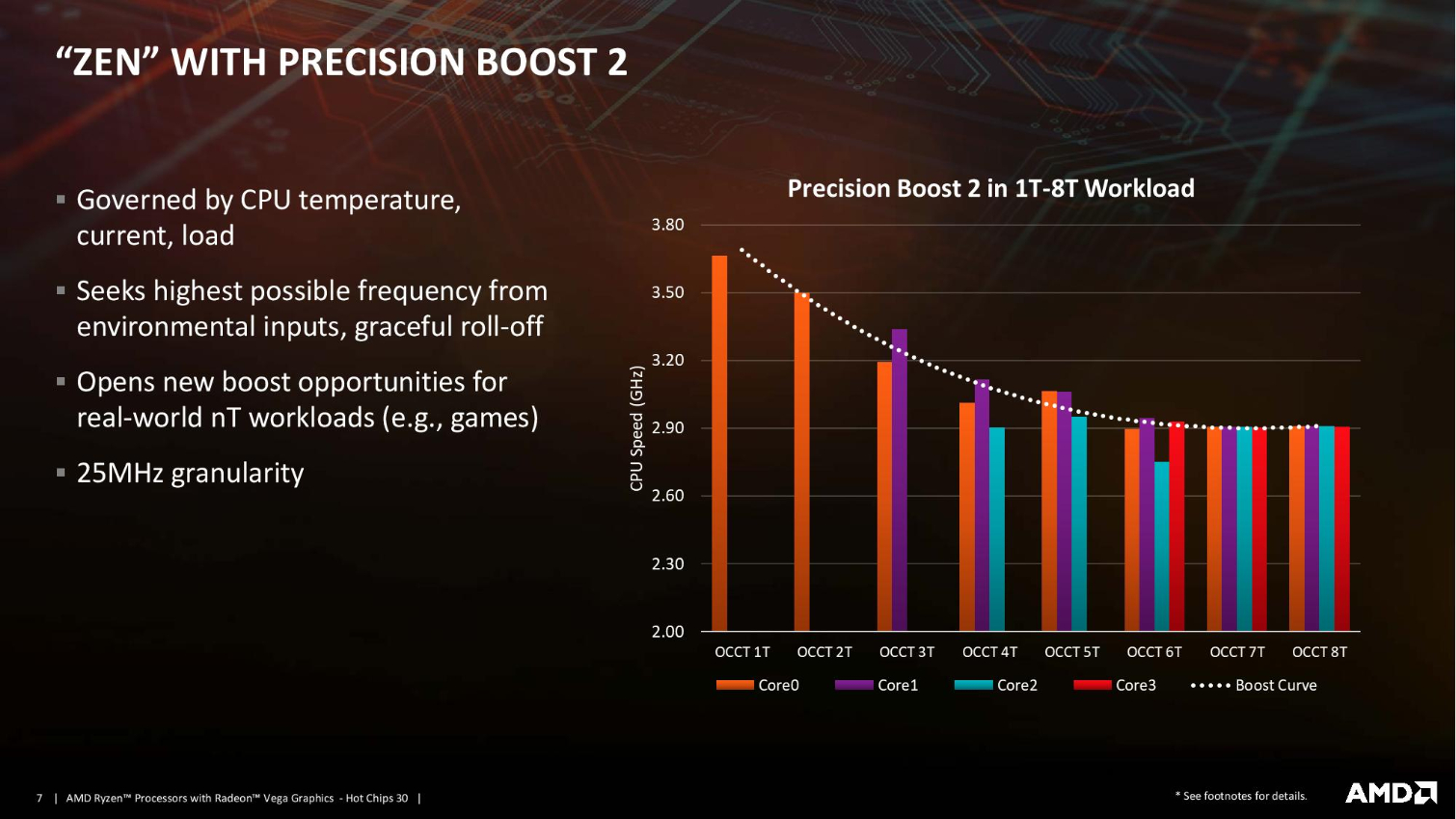
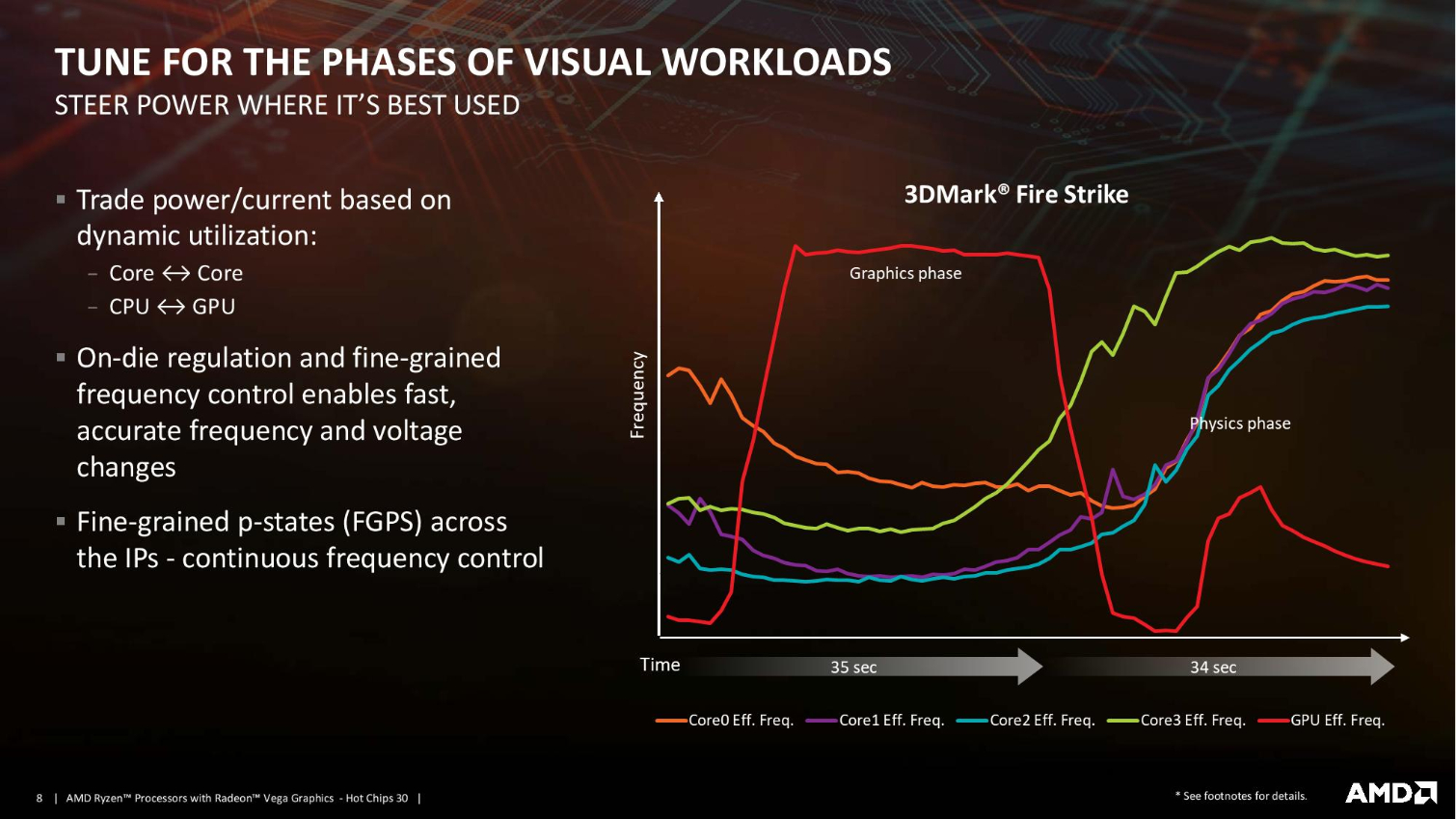
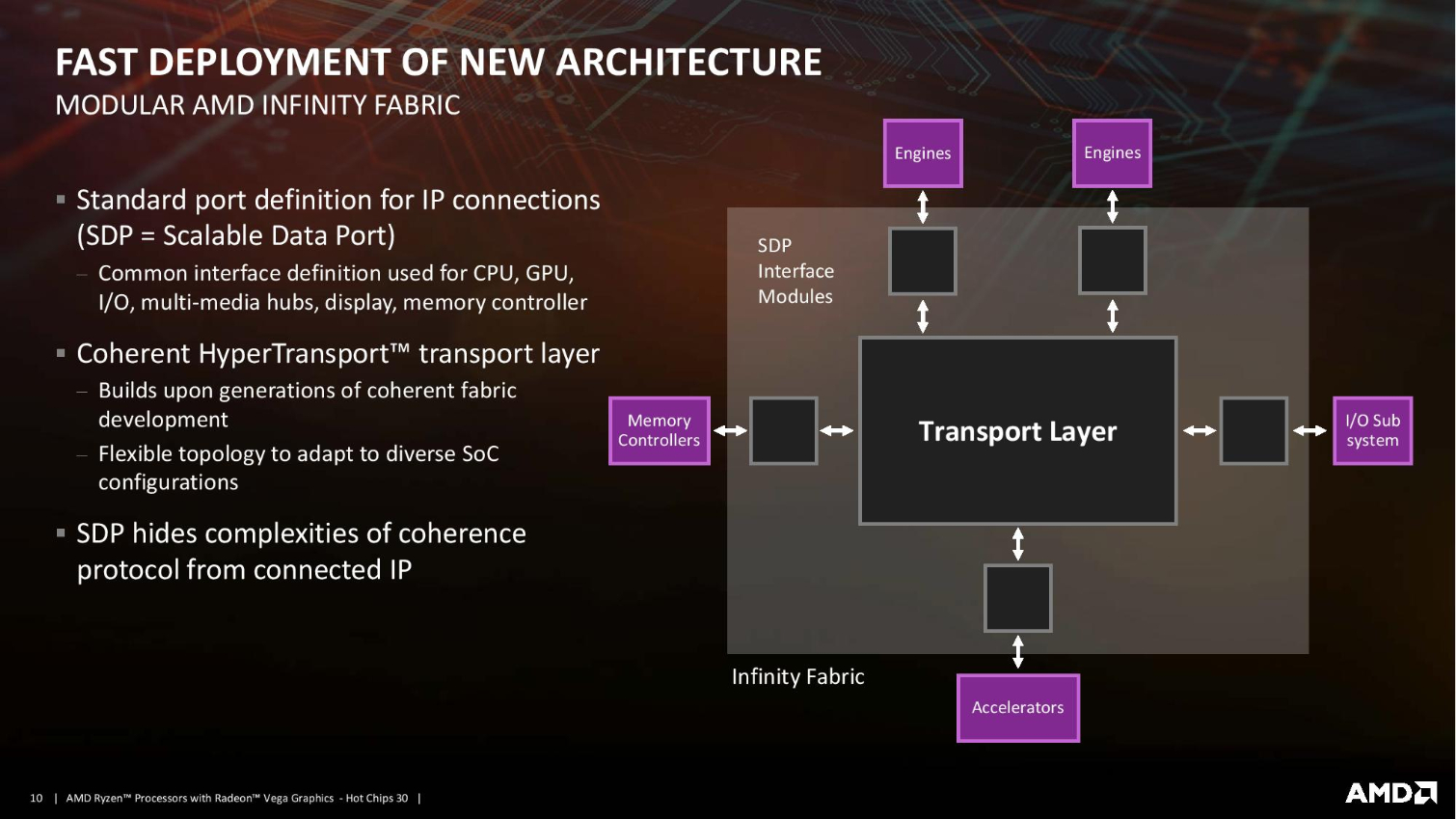
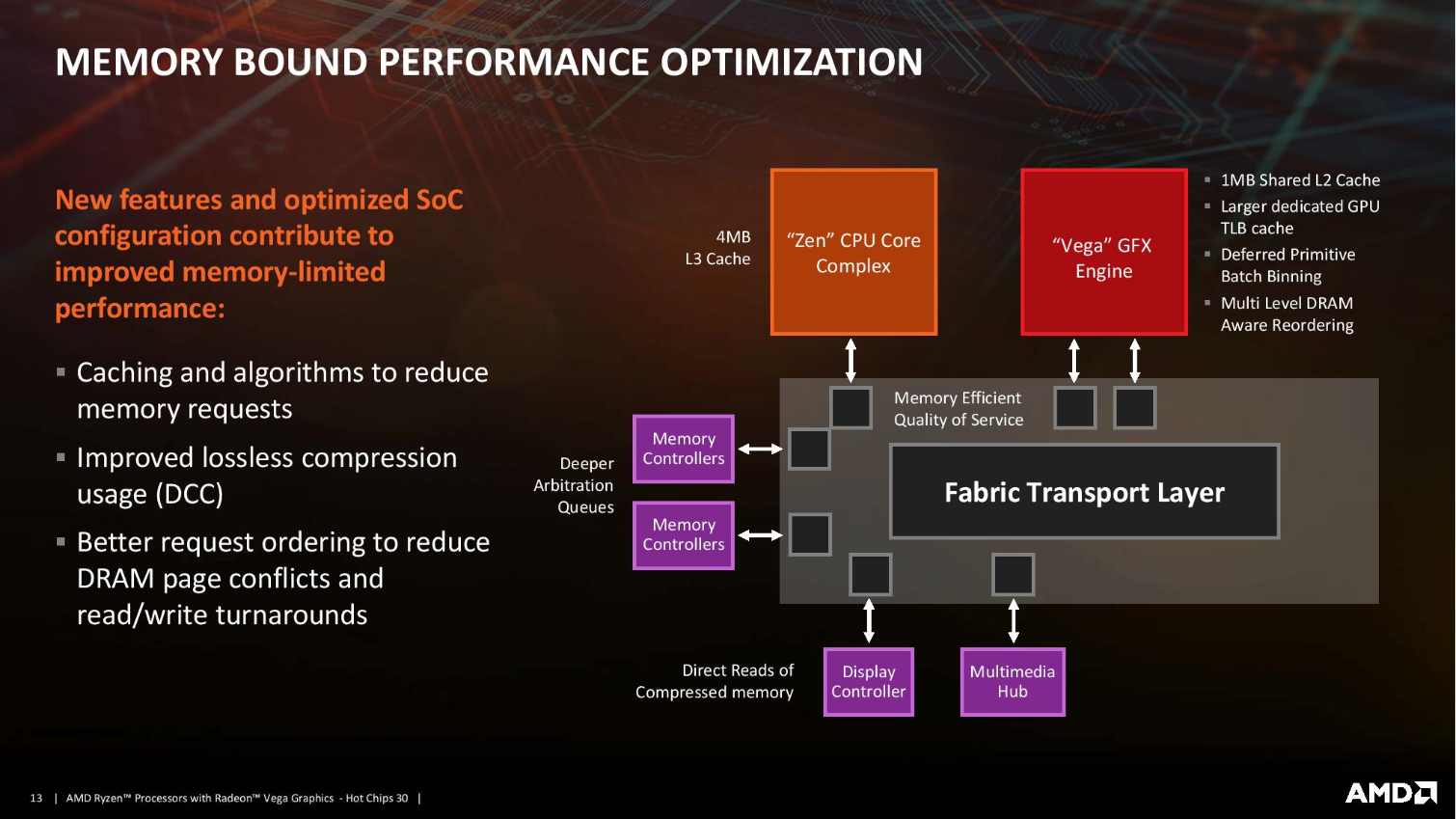
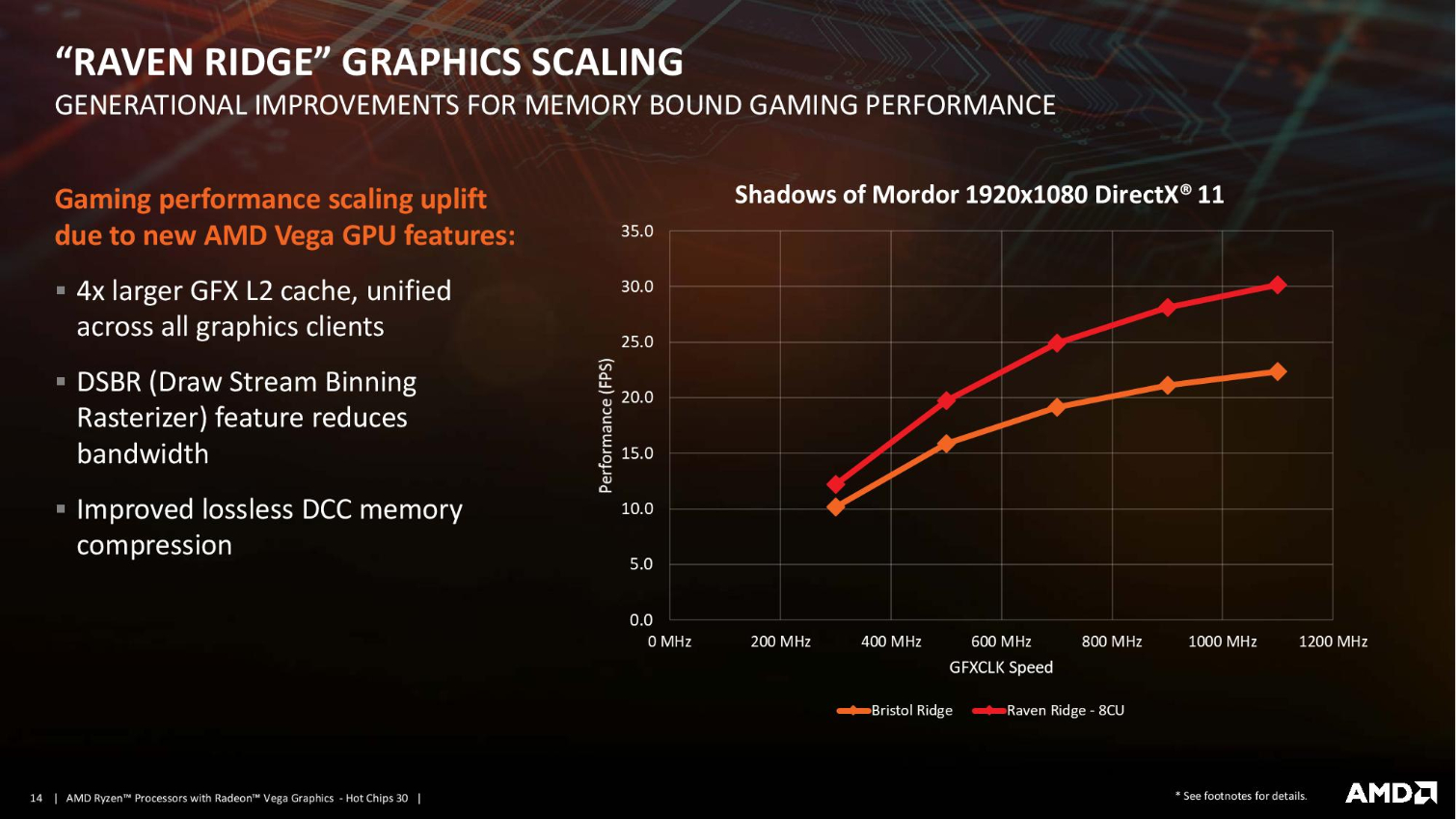
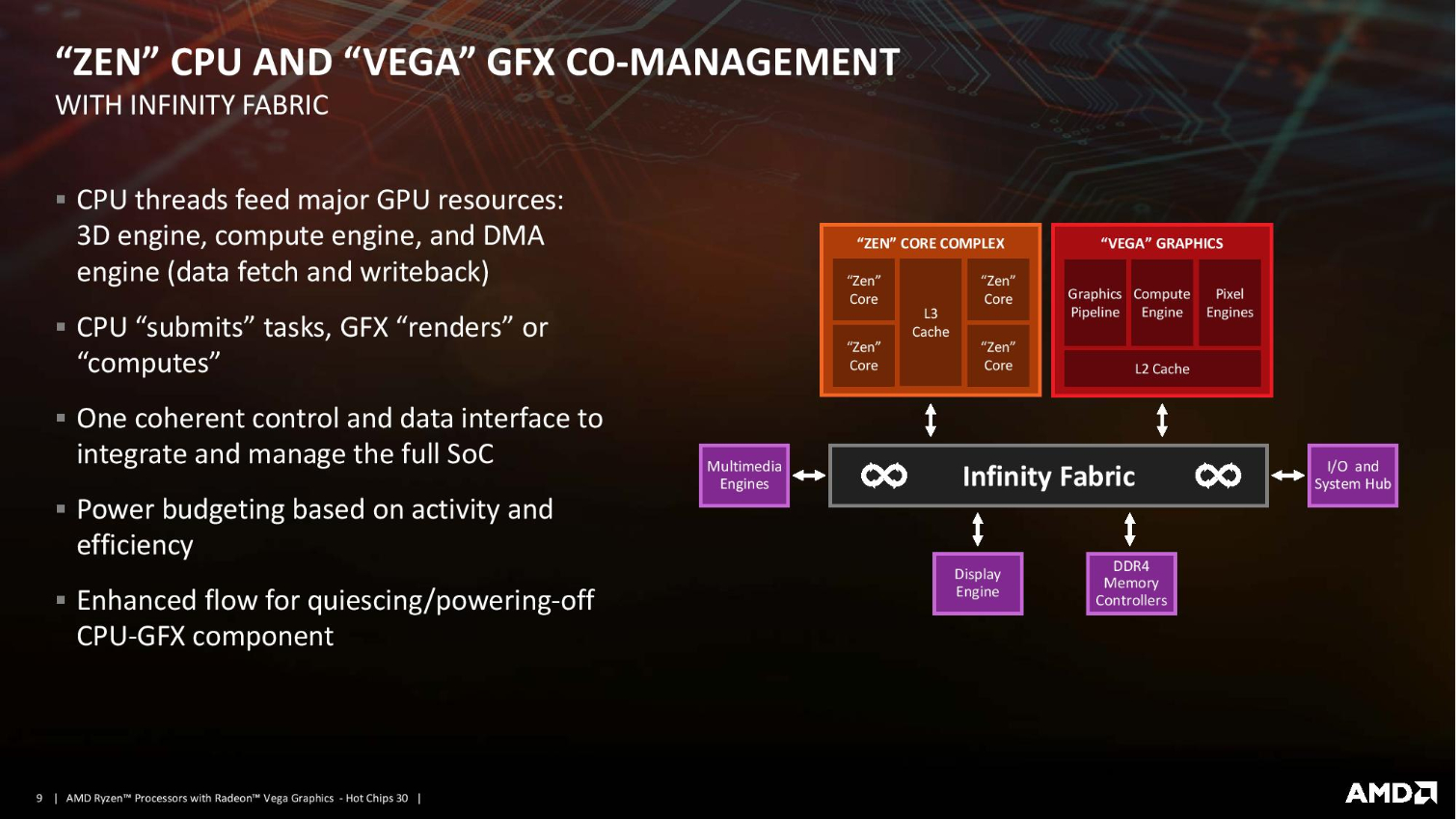
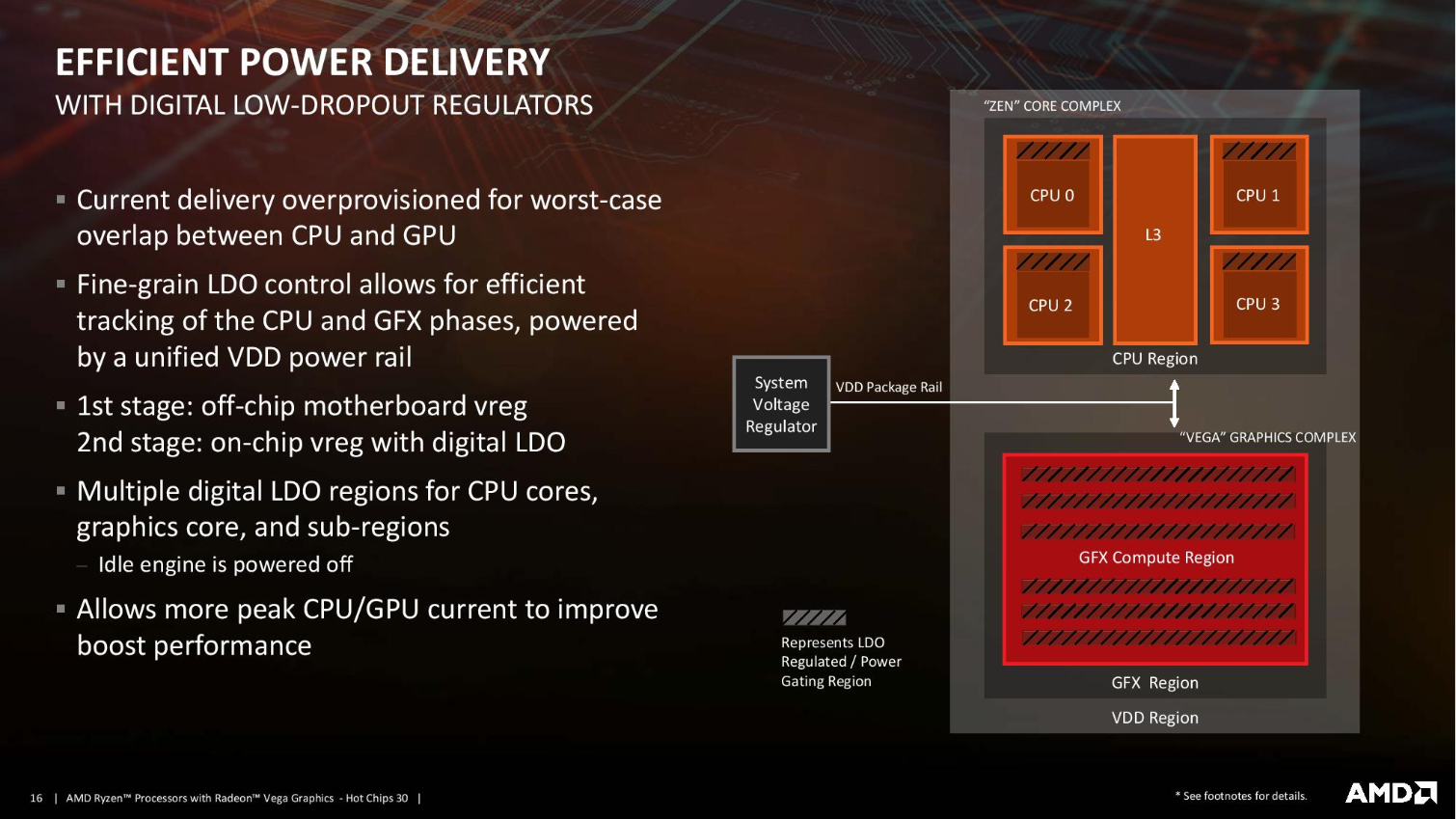
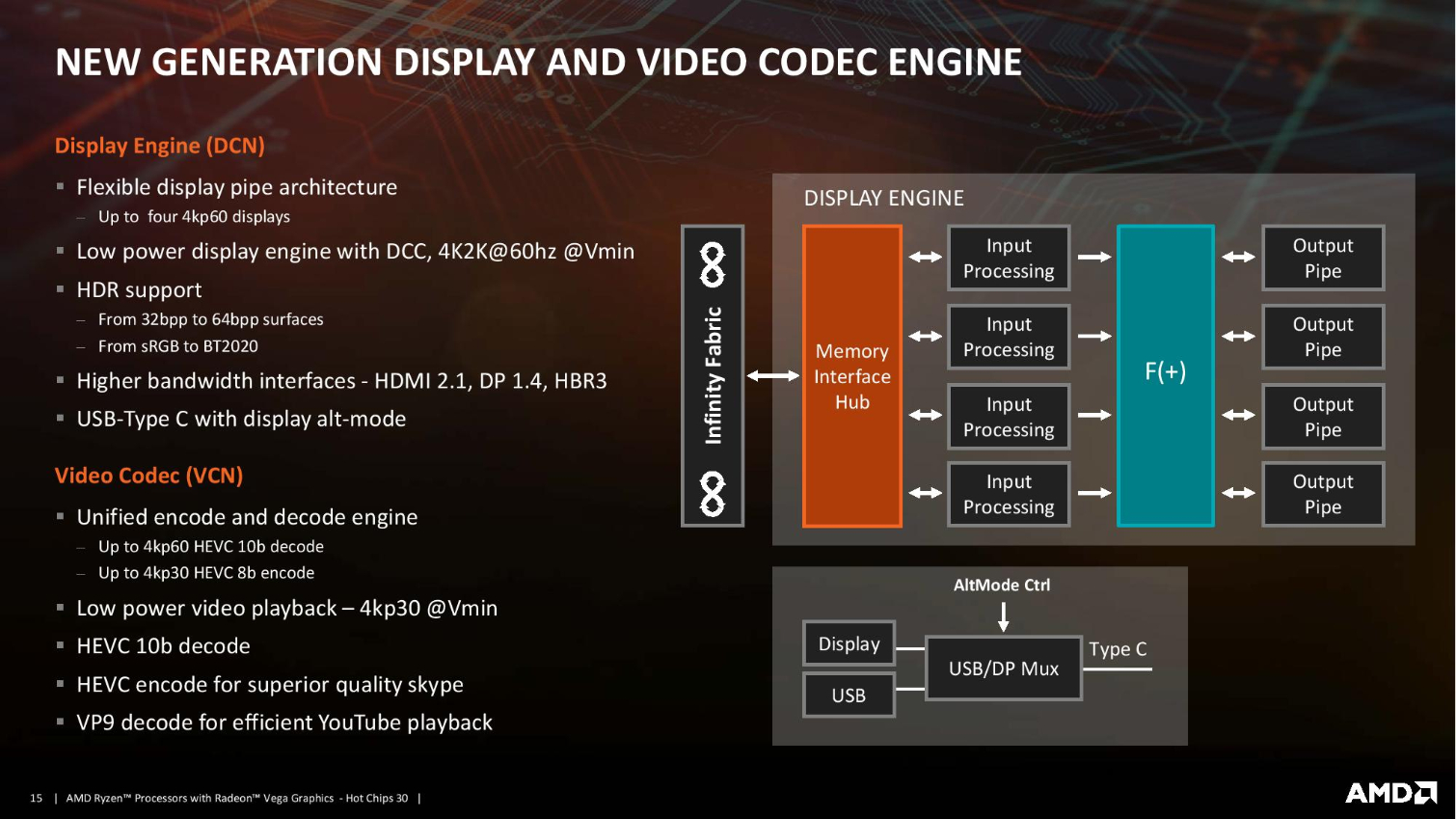

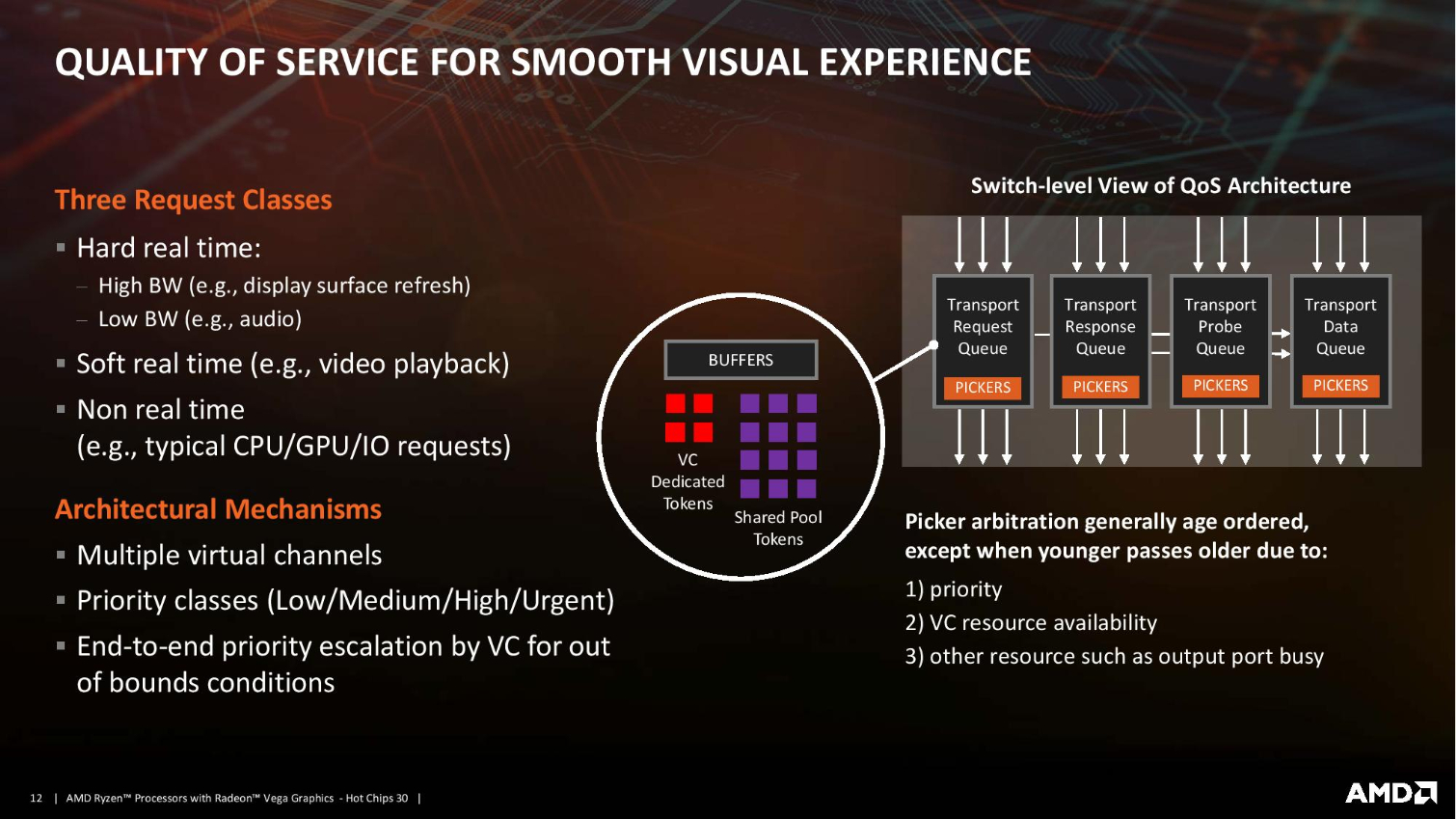
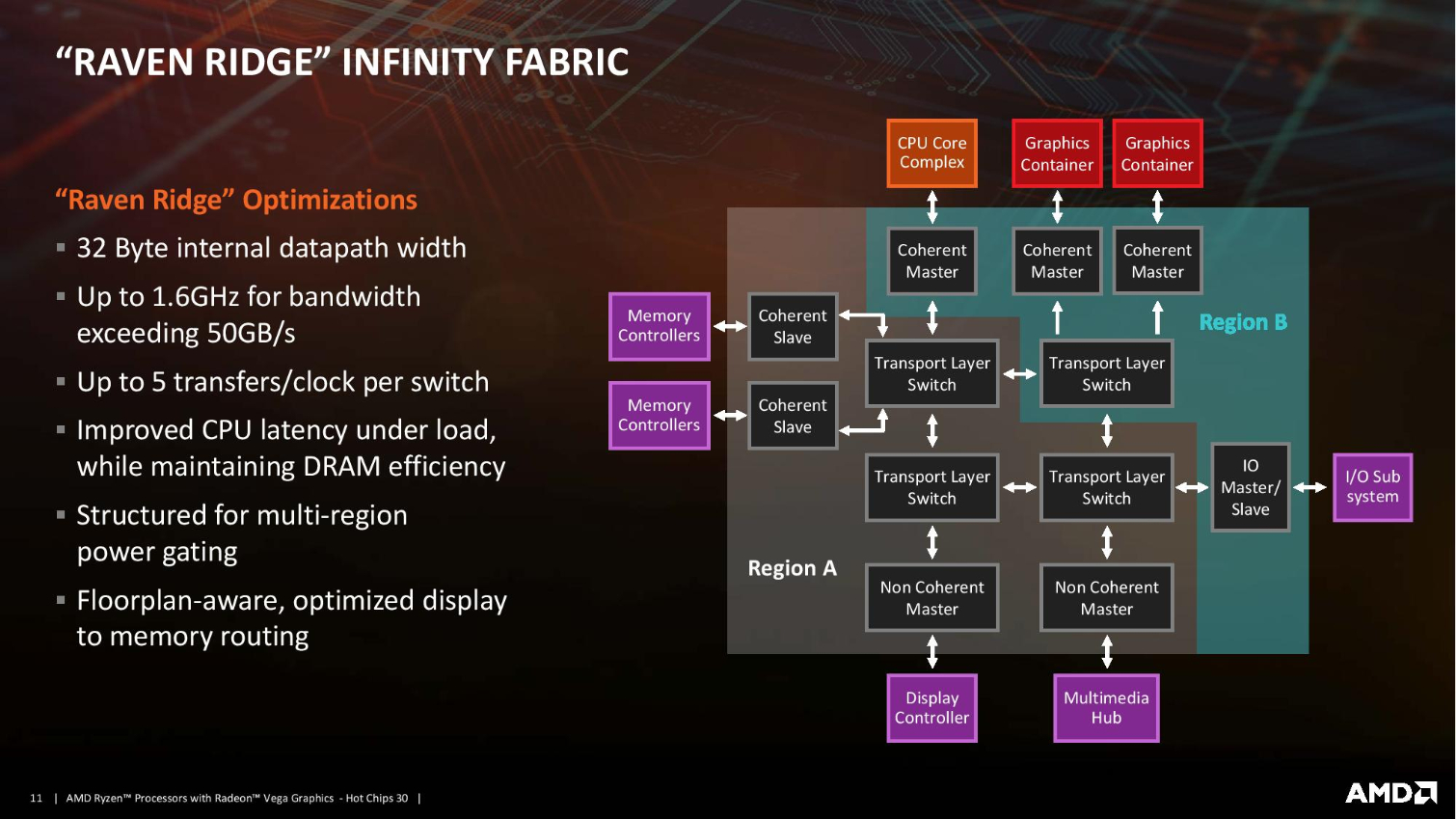
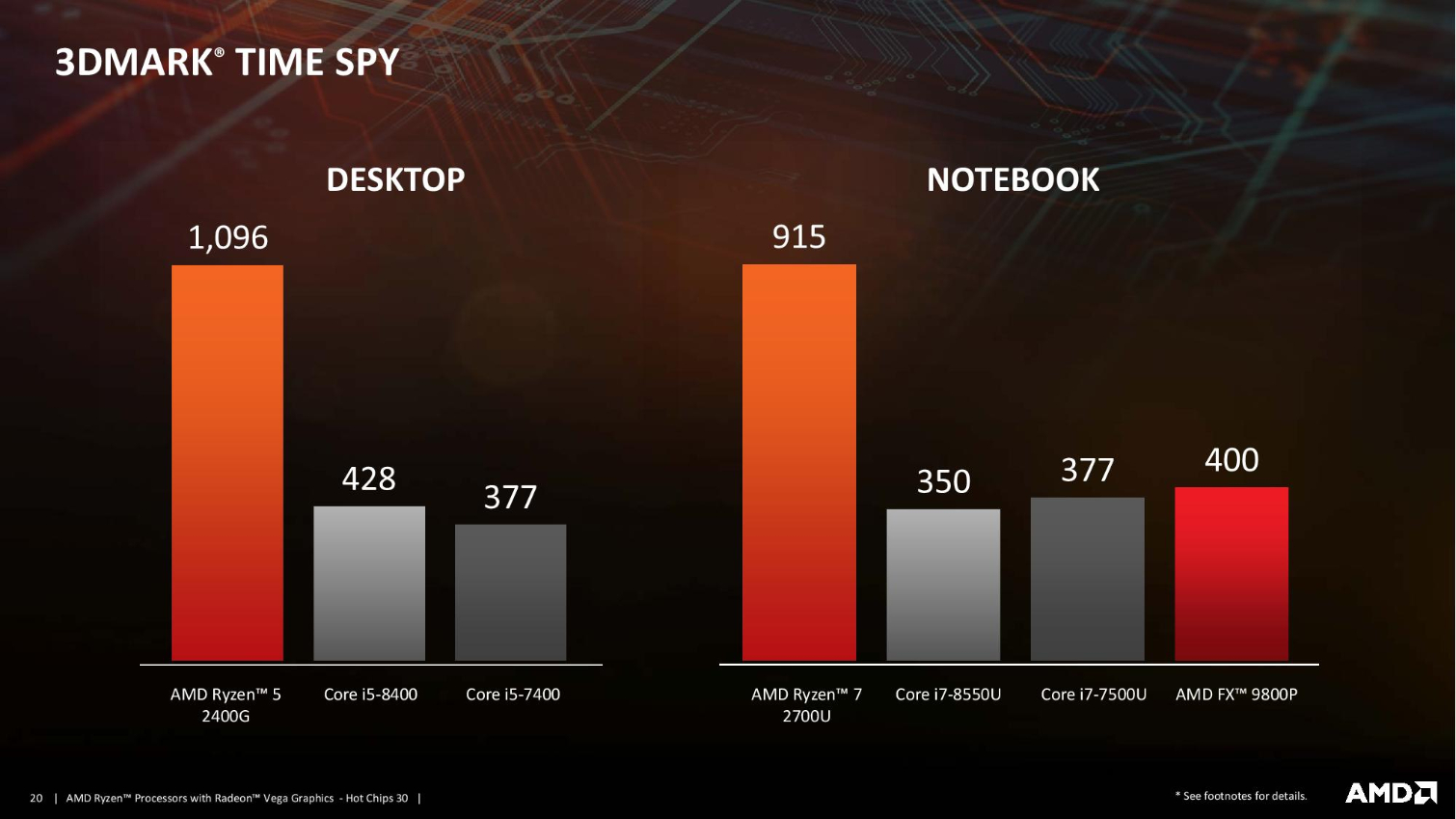
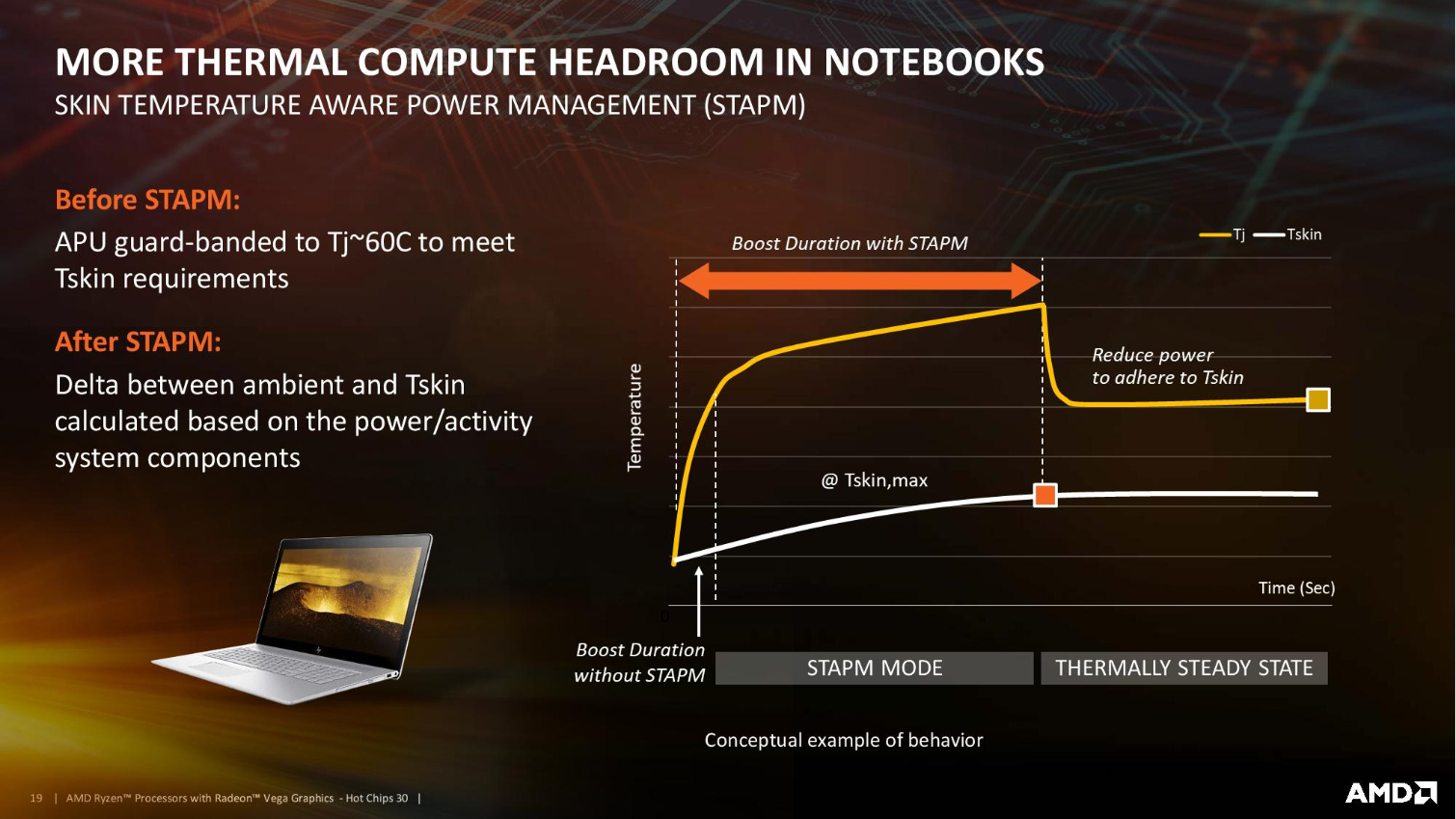
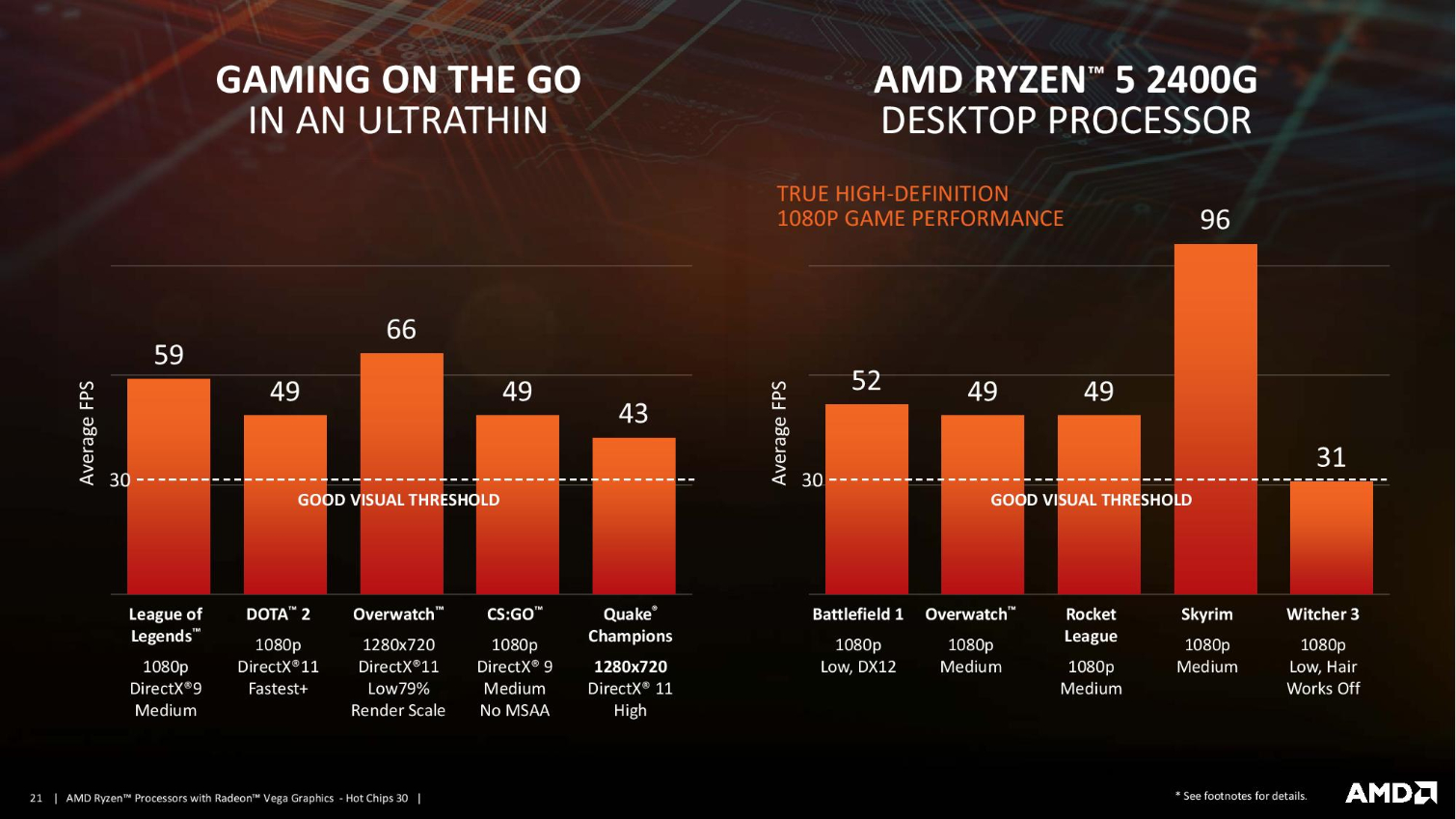
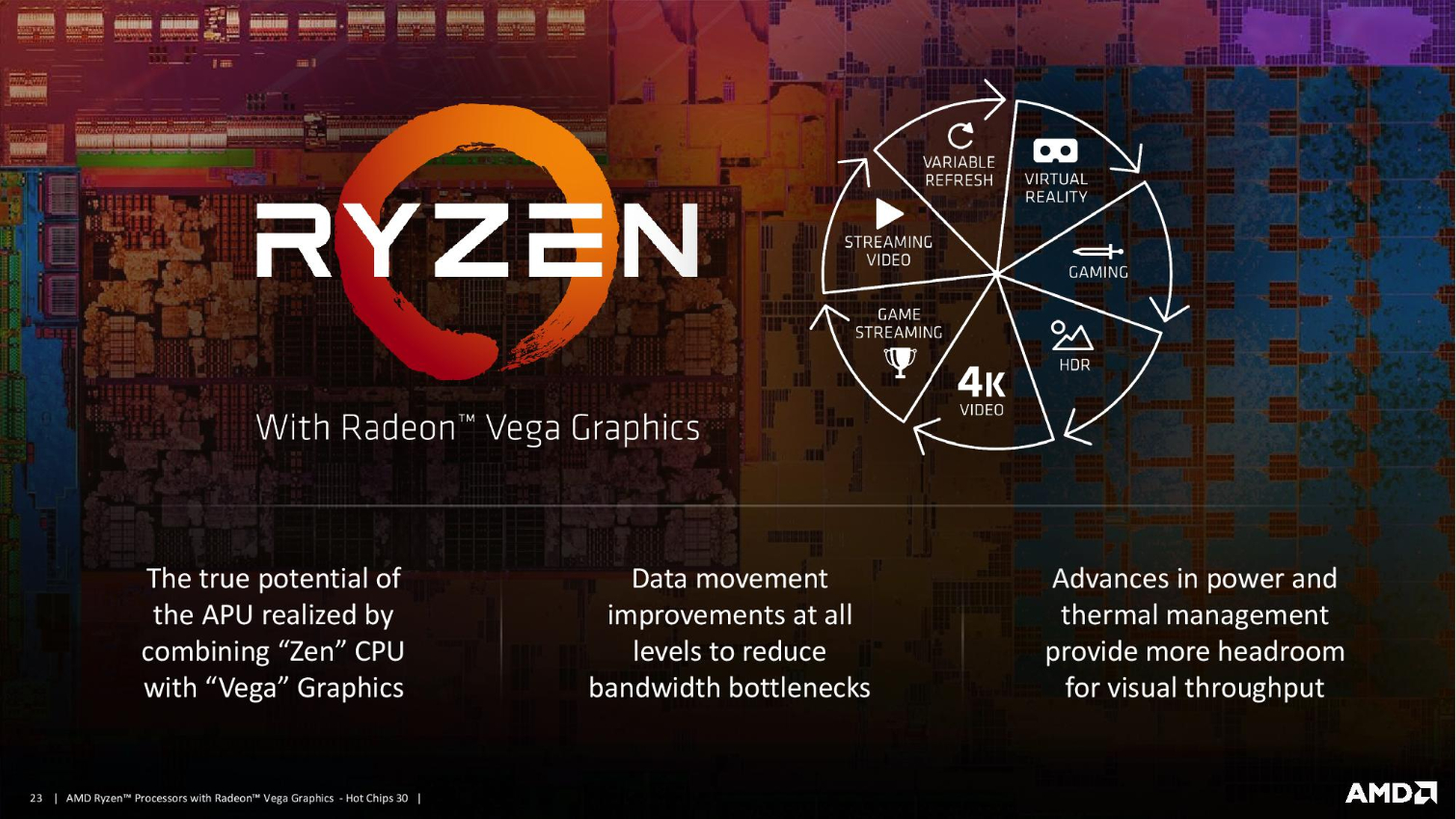
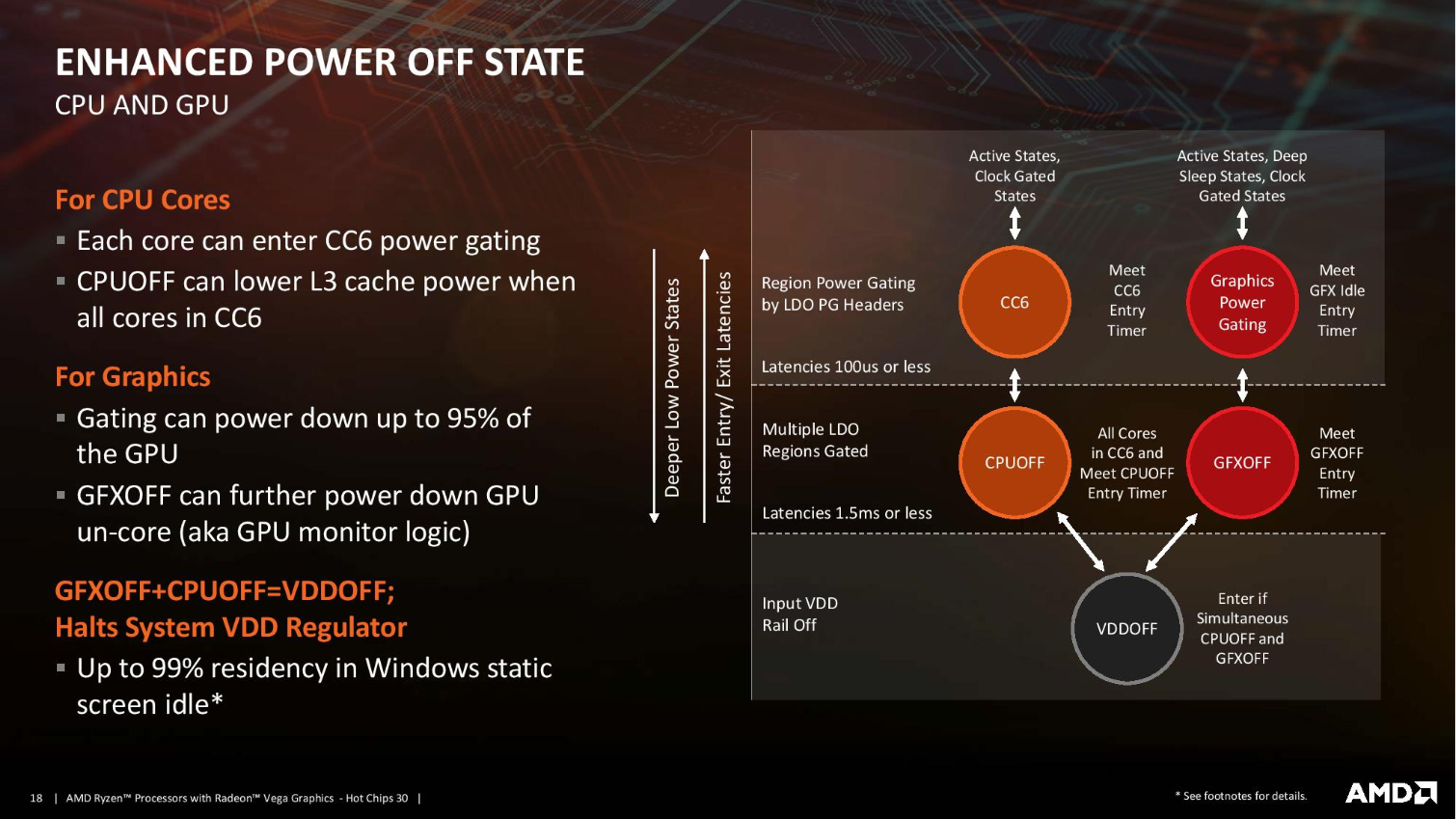
The company revealed the new Raven Ridge processors while it was outlining its progress towards its 25X20 goal, which states the the company will offer 25X more power efficiency by 2020 (compared to 2014 processor models). AMD touts the new "Raven Ridge 2018" processors as much more efficient than the existing models, which again furthers the theory that these processors could be fabbed on a new process.
Get Tom's Hardware's best news and in-depth reviews, straight to your inbox.
Intel is mired on the 14nm process as it works out the kinks on its oft-delayed 10nm process. AMD already has working second-gen EPYC processors built on the 7nm process. Those processors will debut early next year, possibly setting the stage for large gains in data center market share as those chips slug it out with Intel's 14nm Xeon lineup. AMD still hasn't provided a roadmap for 7nm on the desktop.
We are digging for more information and will update this article as necessary.

Paul Alcorn is the Editor-in-Chief for Tom's Hardware US. He also writes news and reviews on CPUs, storage, and enterprise hardware.
-
doychin Actually Raven Ridge processors are based on Zen CPU cores on 14nm process. So if there is new Raven Ridge CPU this year it should be based on 12nm process with Zen+ cores.Reply
But that also means they need to move Vega architecture to 12nm process.
If you check carefully there were Raven Ridge APU's released in 2017 that were for mobile market and there were desktop versions of Raven Ridge released on 2018.
It is all possible that they mean these two versions of Raven Ridge.
I hope I'm wrong in this. -
P1nky >The first-gen Raven Ridge processors served as the launch vehicle for AMD's Zen 14nm+ FinFET processReply
Actually there's a slide that you just posted from Hot Chips that says Raven Ridge uses GF's 14nm. There's no 14nm+. :) -
Paul Alcorn Reply21255013 said:>The first-gen Raven Ridge processors served as the launch vehicle for AMD's Zen 14nm+ FinFET process
Actually there's a slide that you just posted from Hot Chips that says Raven Ridge uses GF's 14nm. There's no 14nm+. :)
Actually, there is.
https://www.tomshardware.com/reviews/amd-ryzen-5-2400g-zen-vega-cpu-gpu,5467-3.html
-
P1nky Reply21255035 said:Actually, there is.
Do you actually have documentation either from AMD or GF that says that Raven Ridge uses "14nm+"? Because I haven't seen any.
GF hasn't announced anything about a "14nm+" process.
-
Paul Alcorn Reply21255117 said:21255035 said:Actually, there is.
Do you actually have documentation either from AMD or GF that says that Raven Ridge uses "14nm+"? Because I haven't seen any.
GF hasn't announced anything about a "14nm+" process.
Yes, the Raven Ridge reviewers guide has 14nm+ listed. At the time of review, I followed up with AMD's marketing department directly on the matter, and they confirmed that it was NOT 12nm, but rather 14nm+. Believe me, I had the same questions as you.
In either case, this is all marketing mumbo jumbo anyway. 12nm is not an optical shrink of 14nm. The processes have the same feature sizes, die area, and density (AMD has had to restate this repeatedly due to inaccurate reporting from other sites). So, it really is just 14nm with a few process enhancements. AMD also tweaked the die by using faster/leakier transistors in critical pathways, etc.
So, what is really inside Raven Ridge, 14nm or 12nm? Who knows. They call it 14nm+, though.
-
darksoulnohope Does the naming scheme (if accurate) imply that there will be a desktop 2800/2800X coming out soon that will exceed the Ryzen 2700X's specs? (Article is saying the name will be 2800H and not 2700H)Reply -
urbanman2004 "25X more power efficiency by 2020"? Really AMD? Quit setting unrealistic goals, you just played yourself, lmaoReply -
bit_user Reply
You need to look at when the graph starts. This is relative to their 2014 product stack, and has been an ongoing program they've been talking about for years.21256634 said:"25X more power efficiency by 2020"? Really AMD? Quit setting unrealistic goals, you just played yourself, lmao
